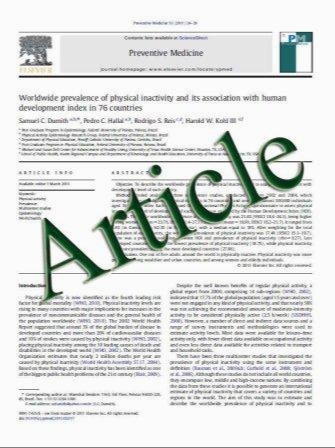Outcome after supracricoid laryngectomies in the material of ENT Department, Poznan University of Medical Sciences
- نوع فایل : کتاب
- زبان : انگلیسی
- مؤلف : of ENT Department, Poznan University of Medical Sciences Witold Szyfter · Maigorzata Leszczyjska · Maigorzata Wierzbicka
- چاپ و سال / کشور: 2011
Description
All patients with T1 and T2 laryngeal cancer should be treated with the intent to preserve the larynx. In T3 glottic low-volume tumors, larynx preservation is an appropriate standard treatment option. Supracricoid partial laryngectomy remains a reasonable alternative to radiotherapy for patients with T2–T3 glottic cancer. Prospective clinical study aims to evaluate the oncological results of supracricoid partial laryngectomy as a treatment for selected glottic and supraglottic carcinoma, and to determine the diVerent prognostic factors that may inXuence local control and survival. In the period of 2000–2007, 145 patients were treated at the academic tertiary referral medical center: ENT Department, University of Medical Sciences, Poznلn, Poland. The ages of the analyzed group of patients ranged from 23 to 79, with mean 56.5 age for men and 25 for women. All of the patients had biopsy proven squamous cell carcinoma. Of the 145 patients 82 had glottic cancer and 63 had supraglottic cancer. The patients were staged according to the 2003 edition of the TNM classiWcation established by the AJCC. The pathological TNM classiWcation was additionally taken into consideration. All patients were treated by means of supracricoid and transglottic partial laryngectomy. The type of supracricoid partial laryngectomy was based on tumor localization and extension. Four patients underwent cricohyoidopexy, 57 cricohyoidoepiglottopexy, 65 reconstruction modo Calearo, and 19 modo Sedlacek-Tucker. We performed 21 unilateral selective neck dissections and none bilateral. A nasogastric feeding tube was inserted in all patients, and removed in patients that regained proper swallowing. As a result, we took into consideration the oncological and functional results. Histopathological examination of the operating specimen revealed the presence of dysplasia or invasive carcinoma at the margins, or a close margin of less than 5 mm from the edge of the resection (16 cases). The metastases were found on the neck in three cases, predominantly in the level II (2 cases) and III (1 case). Metastasis was found in one patient that had undergone CHP, Sedlacek- Tucker, and Calearo, respectively. Five patients received postoperative radiotherapy. The decision to use adjuvant radiotherapy was based on the presence of invasive carcinoma at the resection margin and on the presence of multiple positive neck nodes or extracapsular spread of the disease. The Kaplan–Meier estimated 3- and 5-year overall survival rates in the group of 122 because 23 patients did not report for medical check-ups
Eur Arch Otorhinolaryngol (2011) 268:879–883, Received: 7 February 2010 / Accepted: 24 January 2011 / Published online: 9 February 2011 © The Author(s) 2011. This article is published with open access at Springerlink.com


